Cover
Copyright
Credits
Foreword
About the Authors
About the Reviewer
www.PacktPub.com
Customer Feedback
Table of Contents
Preface
Chapter 1: Understanding Spark
What is Apache Spark?
Spark Jobs and APIs
Execution process
Resilient Distributed Dataset
DataFrames
Datasets
Catalyst Optimizer
Project Tungsten
Spark 2.0 architecture
Unifying Datasets and DataFrames
Introducing SparkSession
Tungsten phase 2
Structured streaming
Continuous applications
Summary
Chapter 2: Resilient Distributed Datasets
Internal workings of an RDD
Creating RDDs
Schema
Reading from files
Lambda expressions
Global versus local scope
Transformations
The .map(...) transformation
The .filter(...) transformation
The .flatMap(...) transformation
The .distinct(...) transformation
The .sample(...) transformation
The .leftOuterJoin(...) transformation
The .repartition(...) transformation
Actions
The .take(...) method
The .collect(...) method
The .reduce(...) method
The .count(...) method
The .saveAsTextFile(...) method
The .foreach(...) method
Summary
Chapter 3: DataFrames
Python to RDD communications
Catalyst Optimizer refresh
Speeding up PySpark with DataFrames
Creating DataFrames
Generating our own JSON data
Creating a DataFrame
Creating a temporary table
Simple DataFrame queries
DataFrame API query
SQL query
Interoperating with RDDs
Inferring the schema using reflection
Programmatically specifying the schema
Querying with the DataFrame API
Number of rows
Running filter statements
Querying with SQL
Number of rows
Running filter statements using the where Clauses
DataFrame scenario – on-time flight performance
Preparing the source datasets
Joining flight performance and airports
Visualizing our flight-performance data
Spark Dataset API
Summary
Chapter 4: Prepare Data for Modeling
Checking for duplicates, missing observations, and outliers
Duplicates
Missing observations
Outliers
Getting familiar with your data
Descriptive statistics
Correlations
Visualization
Histograms
Interactions between features
Summary
Chapter 5: Introducing MLlib
Overview of the package
Loading and transforming the data
Getting to know your data
Descriptive statistics
Correlations
Statistical testing
Creating the final dataset
Creating an RDD of LabeledPoints
Splitting into training and testing
Predicting infant survival
Logistic regression in MLlib
Selecting only the most predictable features
Random forest in MLlib
Summary
Chapter 6: Introducing the ML Package
Overview of the package
Transformer
Estimators
Classification
Regression
Clustering
Pipeline
Predicting the chances of infant survival
with ML
Loading the data
Creating transformers
Creating an estimator
Creating a pipeline
Fitting the model
Evaluating the performance of the model
Saving the model
Parameter hyper-tuning
Grid search
Train-validation splitting
Other features of PySpark ML in action
Feature extraction
NLP - related feature extractors
Discretizing continuous variables
Standardizing continuous variables
Classification
Clustering
Finding clusters in the births dataset
Topic mining
Regression
Summary
Chapter 7: GraphFrames
Introducing GraphFrames
Installing GraphFrames
Creating a library
Preparing your flights dataset
Building the graph
Executing simple queries
Determining the number of airports and trips
Determining the longest delay in this dataset
Determining the number of delayed versus on-time/early flights
What flights departing Seattle are most likely to have significant delays?
What states tend to have significant delays departing from Seattle?
Understanding vertex degrees
Determining the top transfer airports
Understanding motifs
Determining airport ranking using PageRank
Determining the most popular non-stop flights
Using Breadth-First Search
Visualizing flights using D3
Summary
Chapter 8: TensorFrames
What is Deep Learning?
The need for neural networks and Deep Learning
What is feature engineering?
Bridging the data and algorithm
What is TensorFlow?
Installing Pip
Installing TensorFlow
Matrix multiplication using constants
Matrix multiplication using placeholders
Running the model
Running another model
Discussion
Introducing TensorFrames
TensorFrames – quick start
Configuration and setup
Launching a Spark cluster
Creating a TensorFrames library
Installing TensorFlow on your cluster
Using TensorFlow to add a constant to an existing column
Executing the Tensor graph
Blockwise reducing operations example
Building a DataFrame of vectors
Analysing the DataFrame
Computing elementwise sum and min of all vectors
Summary
Chapter 9: Polyglot Persistence
with Blaze
Installing Blaze
Polyglot persistence
Abstracting data
Working with NumPy arrays
Working with pandas' DataFrame
Working with files
Working with databases
Interacting with relational databases
Interacting with the MongoDB database
Data operations
Accessing columns
Symbolic transformations
Operations on columns
Reducing data
Joins
Summary
Chapter 10: Structured Streaming
What is Spark Streaming?
Why do we need Spark Streaming?
What is the Spark Streaming application data flow?
Simple streaming application using DStreams
A quick primer on global aggregations
Introducing Structured Streaming
Summary
Chapter 11: Packaging Spark Applications
The spark-submit command
Command line parameters
Deploying the app programmatically
Configuring your SparkSession
Creating SparkSession
Modularizing code
Structure of the module
Calculating the distance between two points
Converting distance units
Building an egg
User defined functions in Spark
Submitting a job
Monitoring execution
Databricks Jobs
Summary
Index
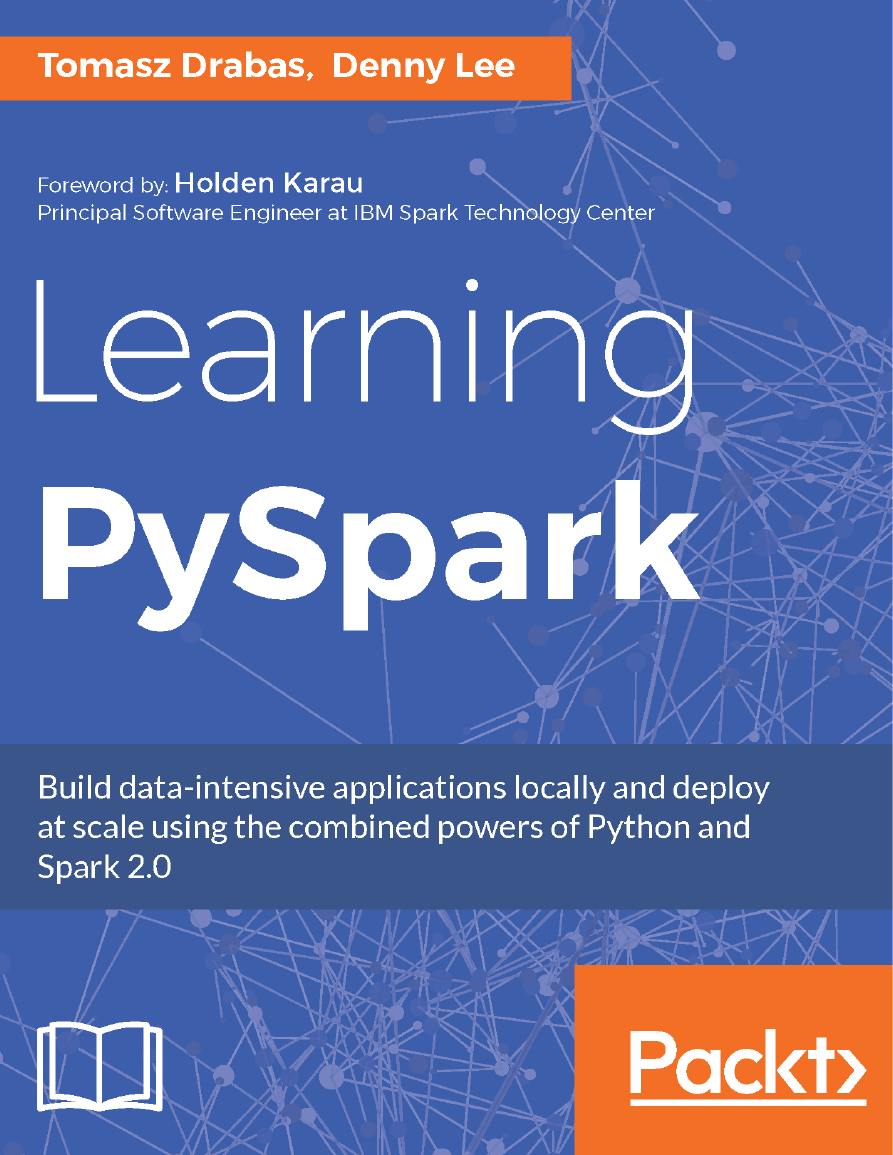
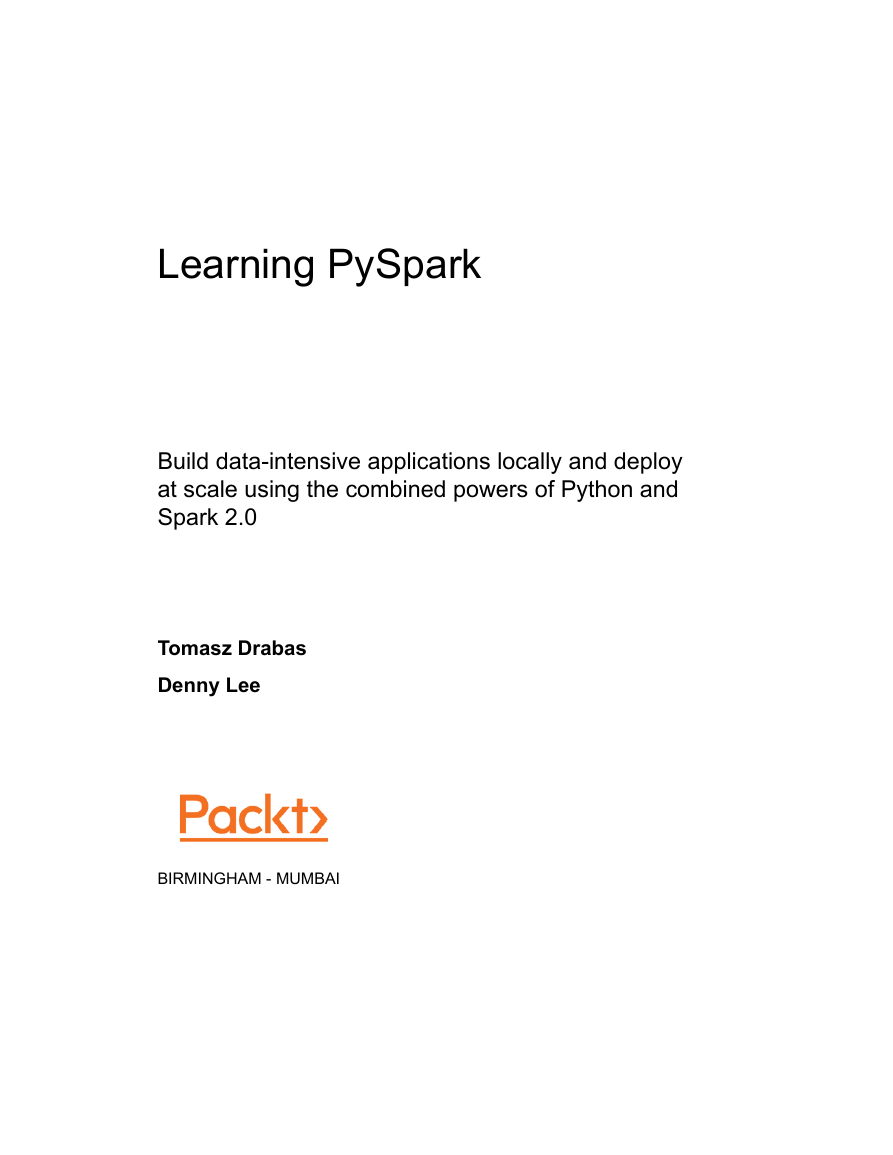
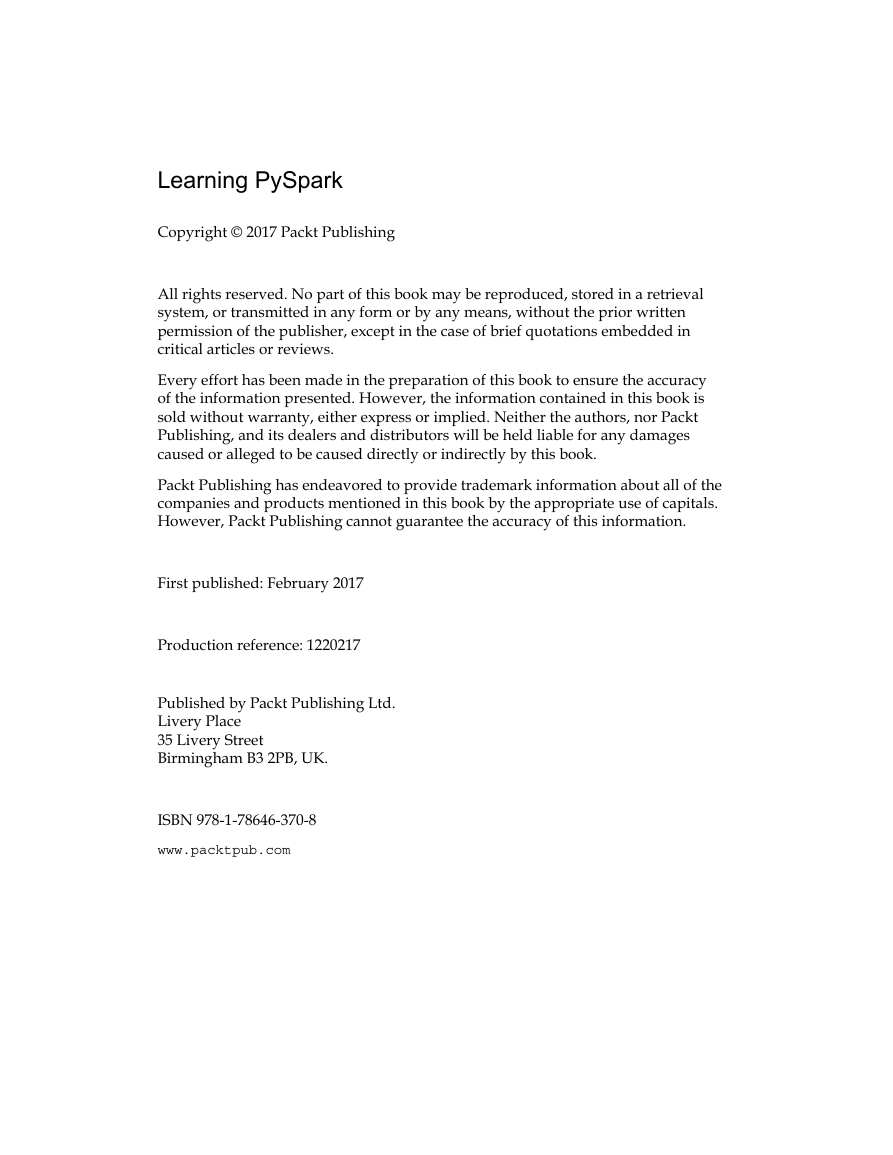
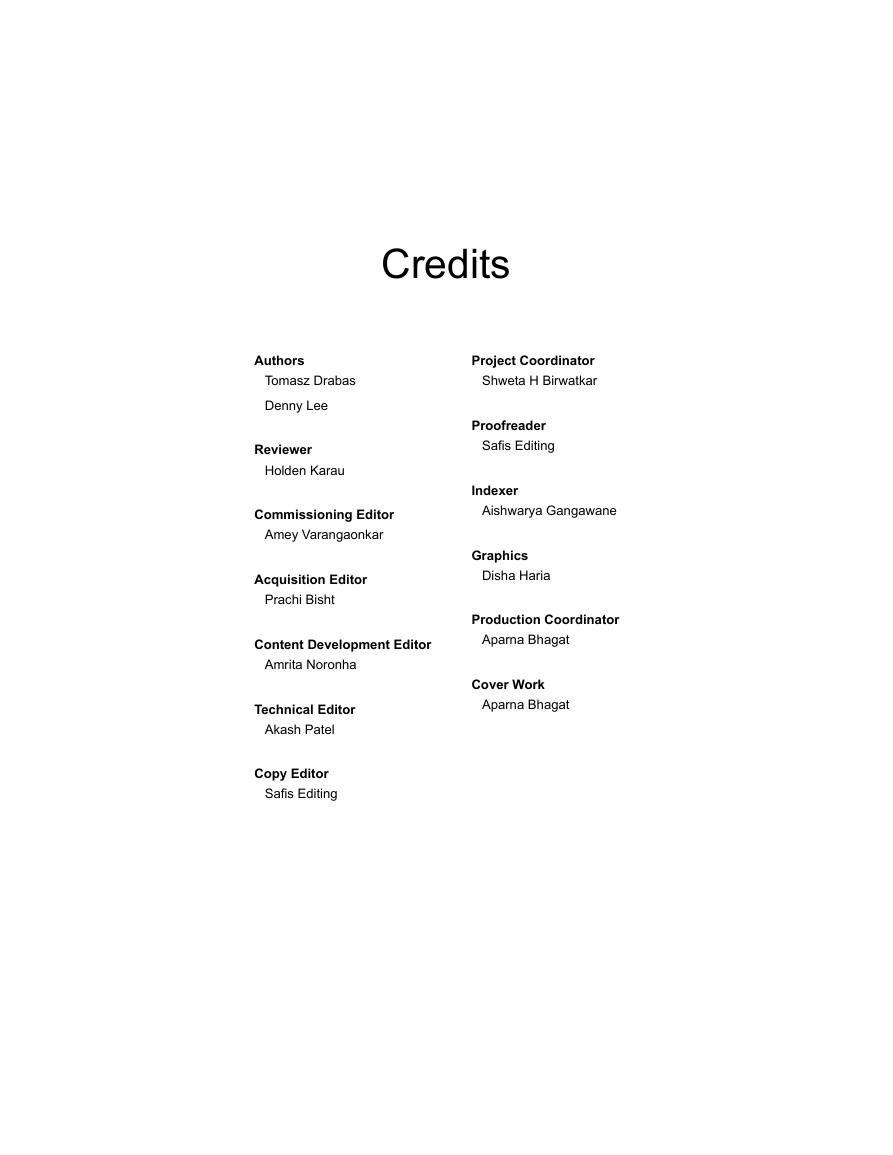

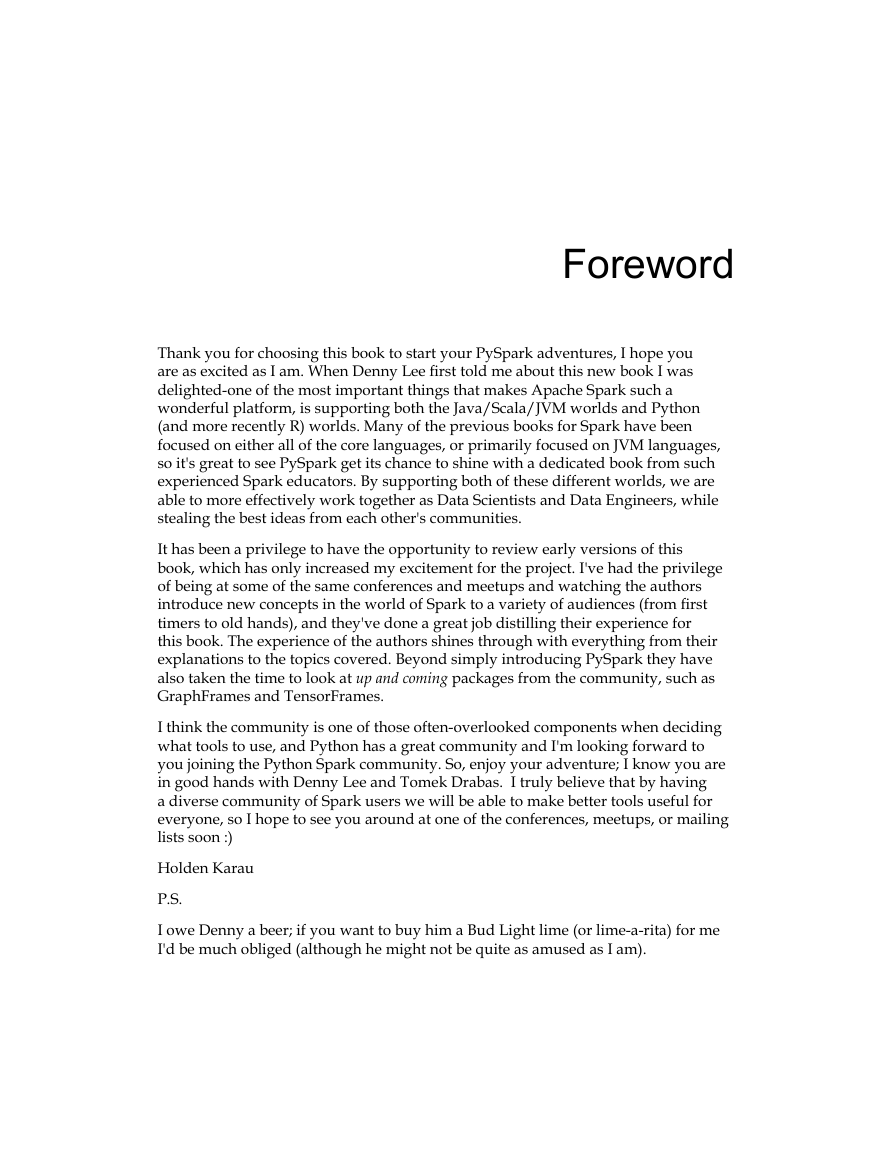
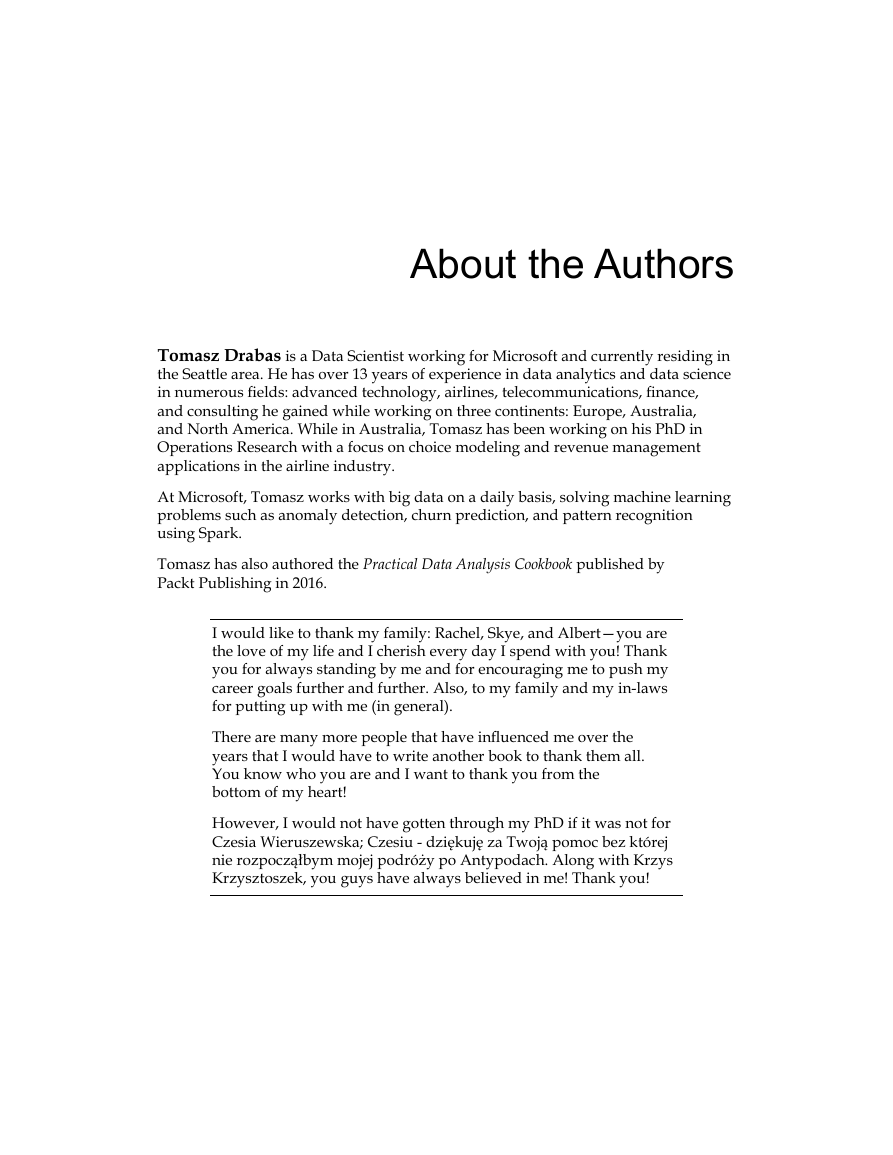
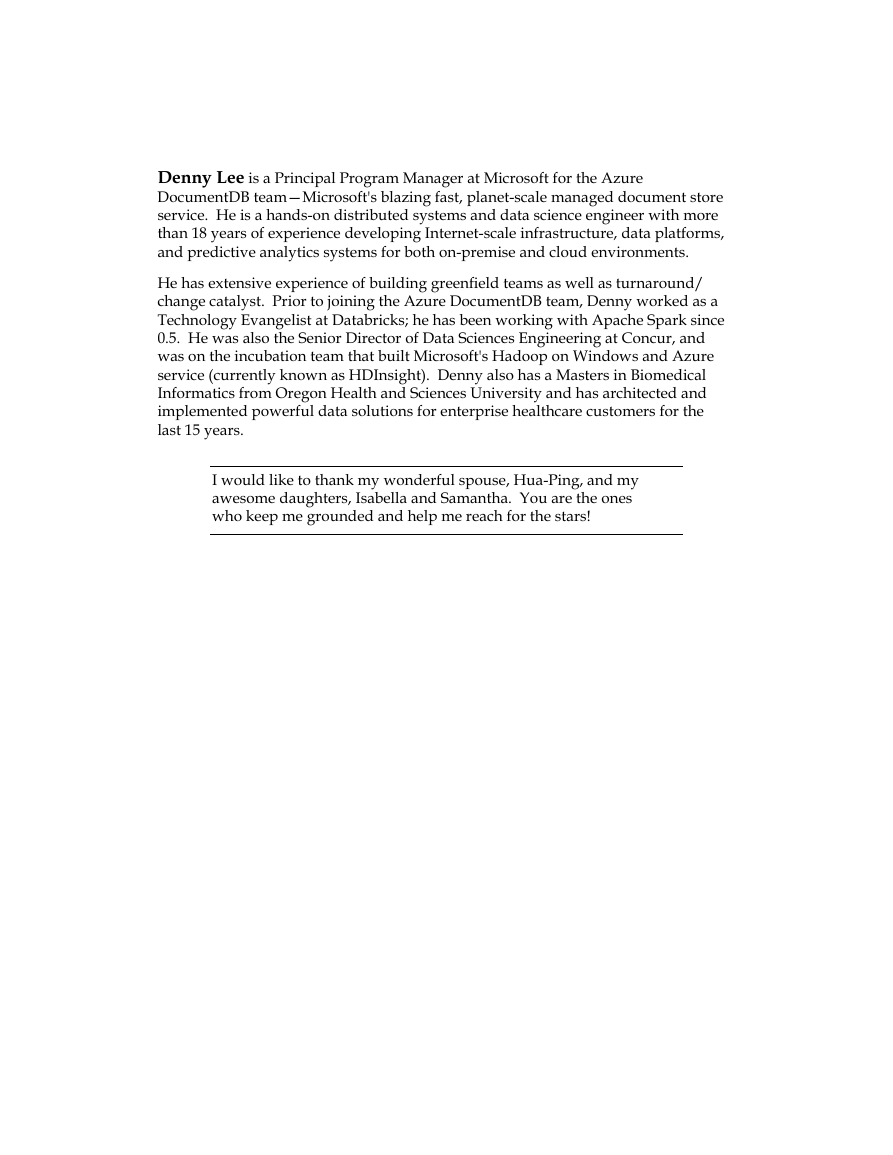








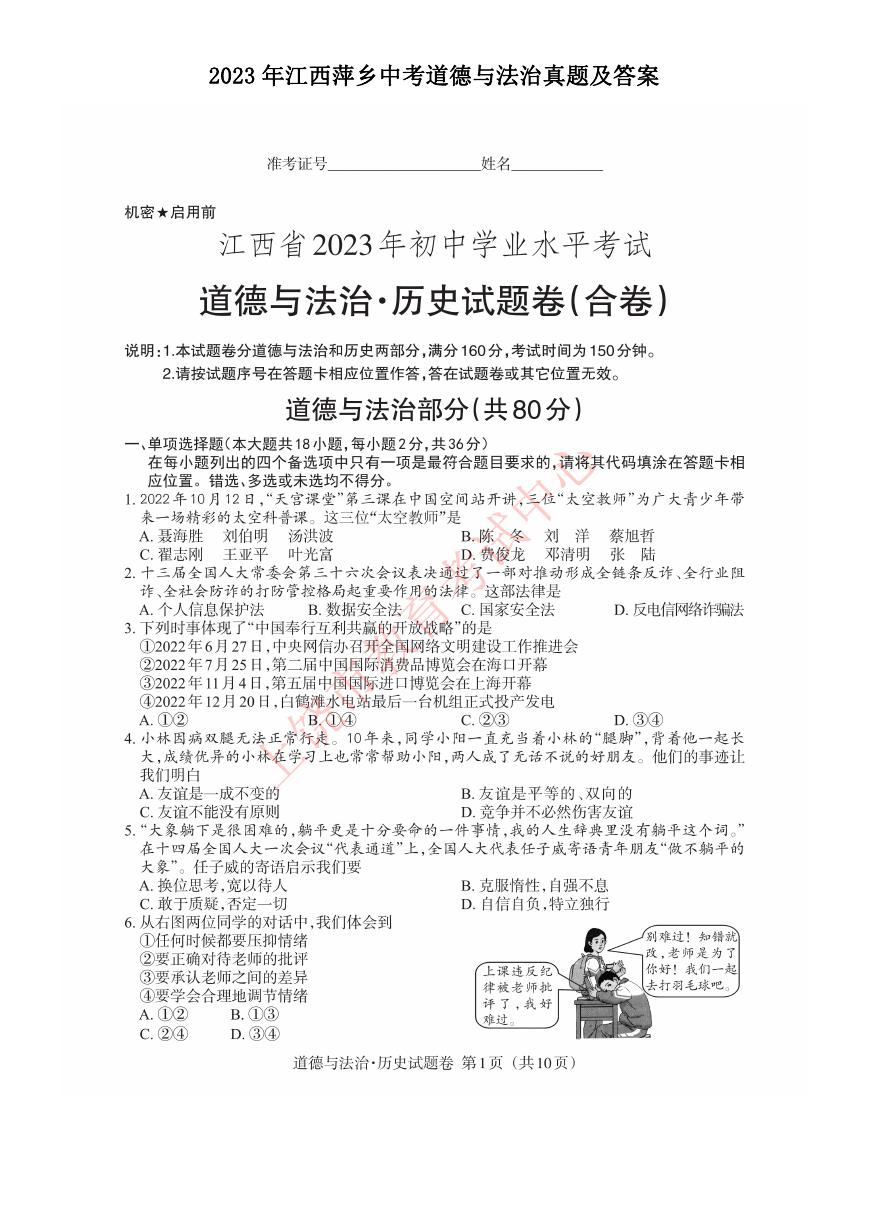 2023年江西萍乡中考道德与法治真题及答案.doc
2023年江西萍乡中考道德与法治真题及答案.doc 2012年重庆南川中考生物真题及答案.doc
2012年重庆南川中考生物真题及答案.doc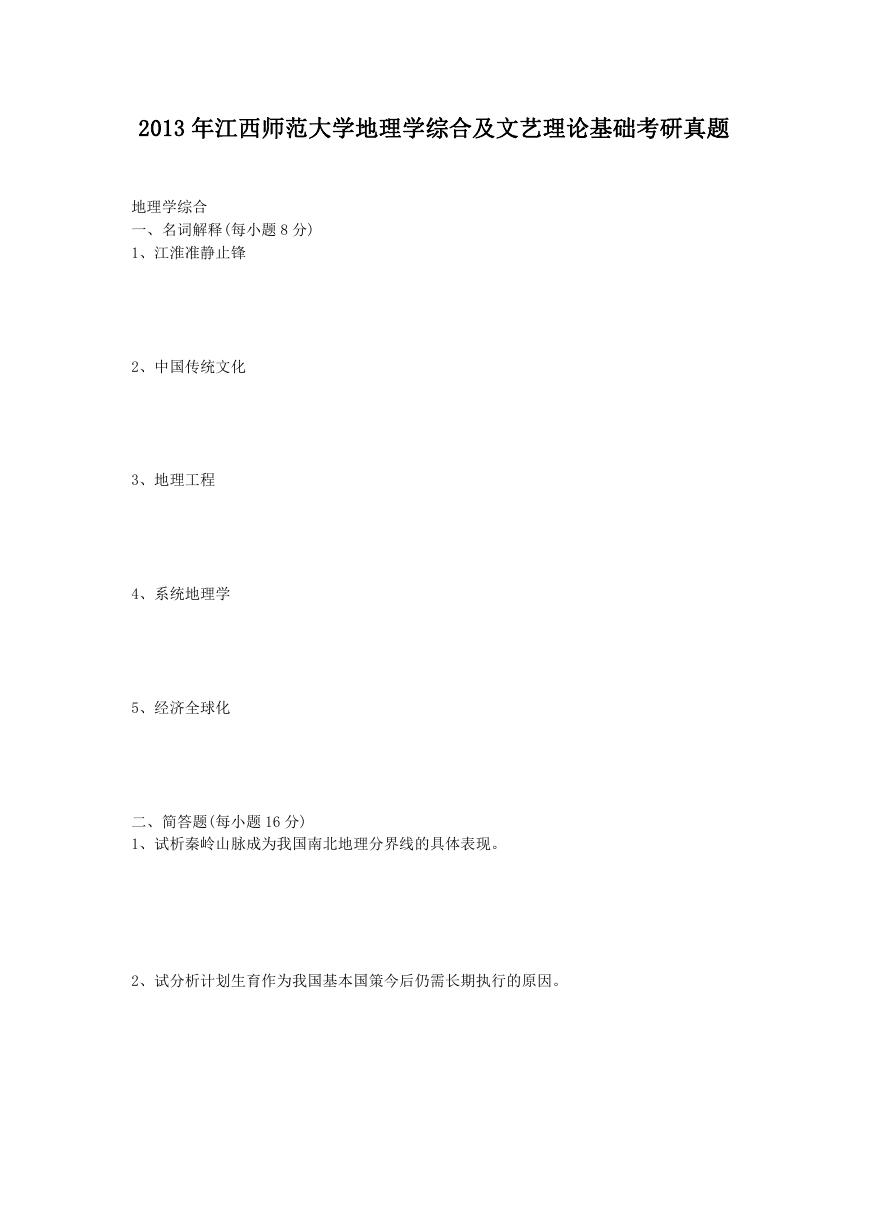 2013年江西师范大学地理学综合及文艺理论基础考研真题.doc
2013年江西师范大学地理学综合及文艺理论基础考研真题.doc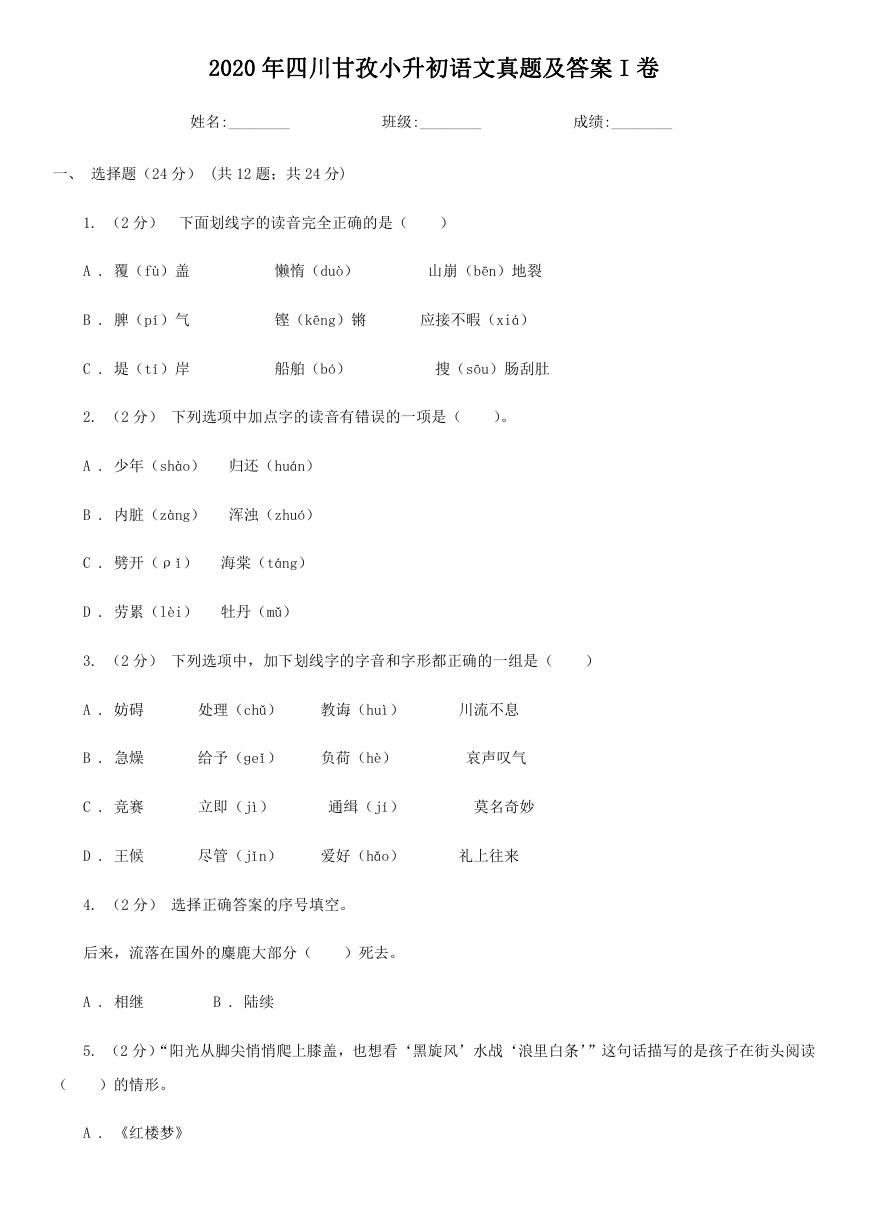 2020年四川甘孜小升初语文真题及答案I卷.doc
2020年四川甘孜小升初语文真题及答案I卷.doc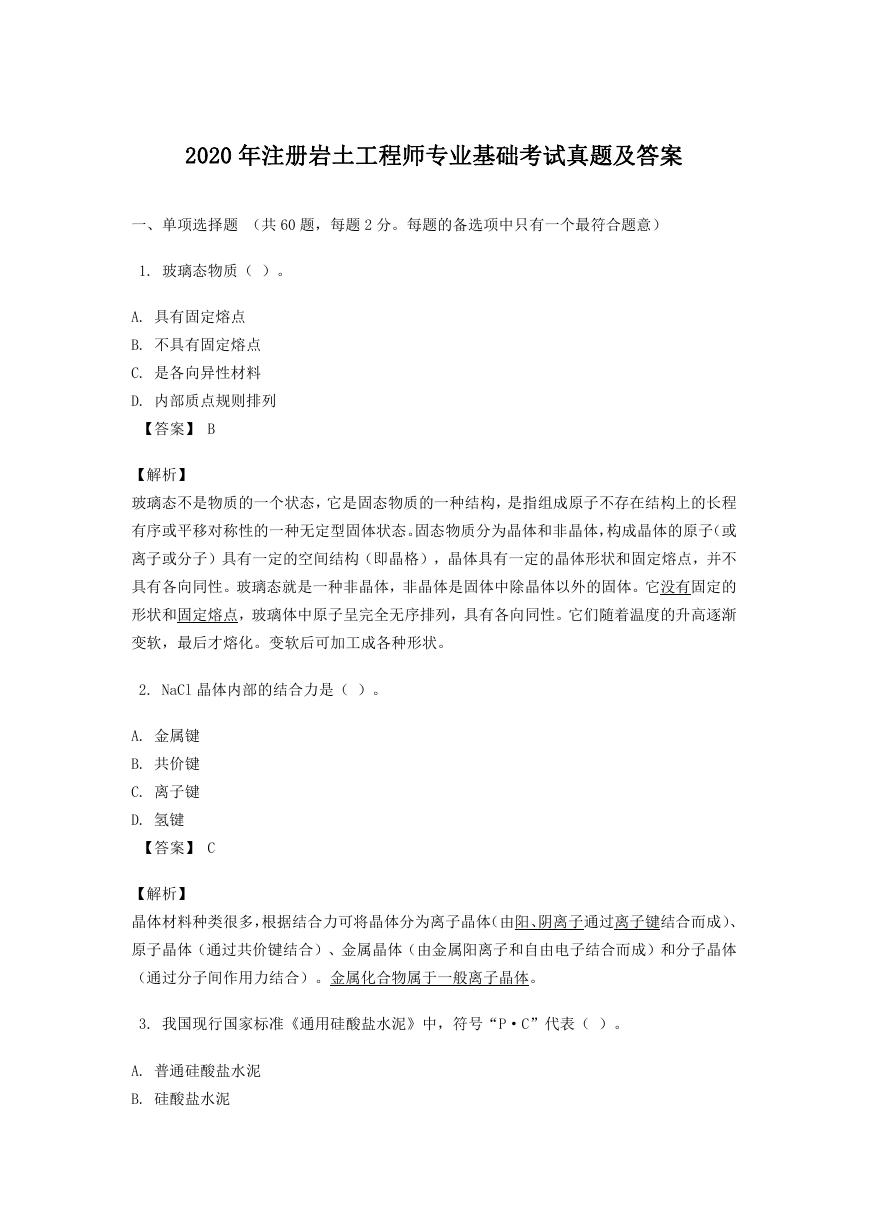 2020年注册岩土工程师专业基础考试真题及答案.doc
2020年注册岩土工程师专业基础考试真题及答案.doc 2023-2024学年福建省厦门市九年级上学期数学月考试题及答案.doc
2023-2024学年福建省厦门市九年级上学期数学月考试题及答案.doc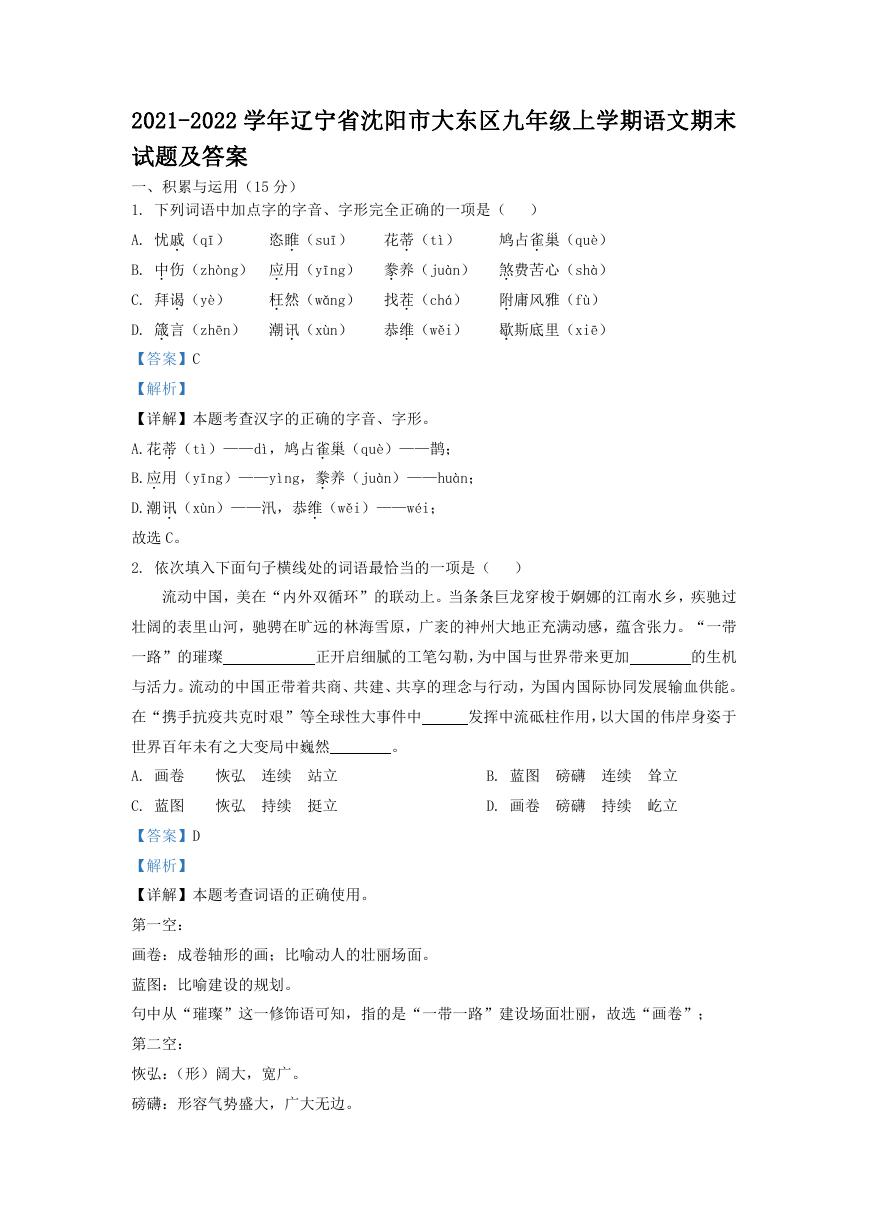 2021-2022学年辽宁省沈阳市大东区九年级上学期语文期末试题及答案.doc
2021-2022学年辽宁省沈阳市大东区九年级上学期语文期末试题及答案.doc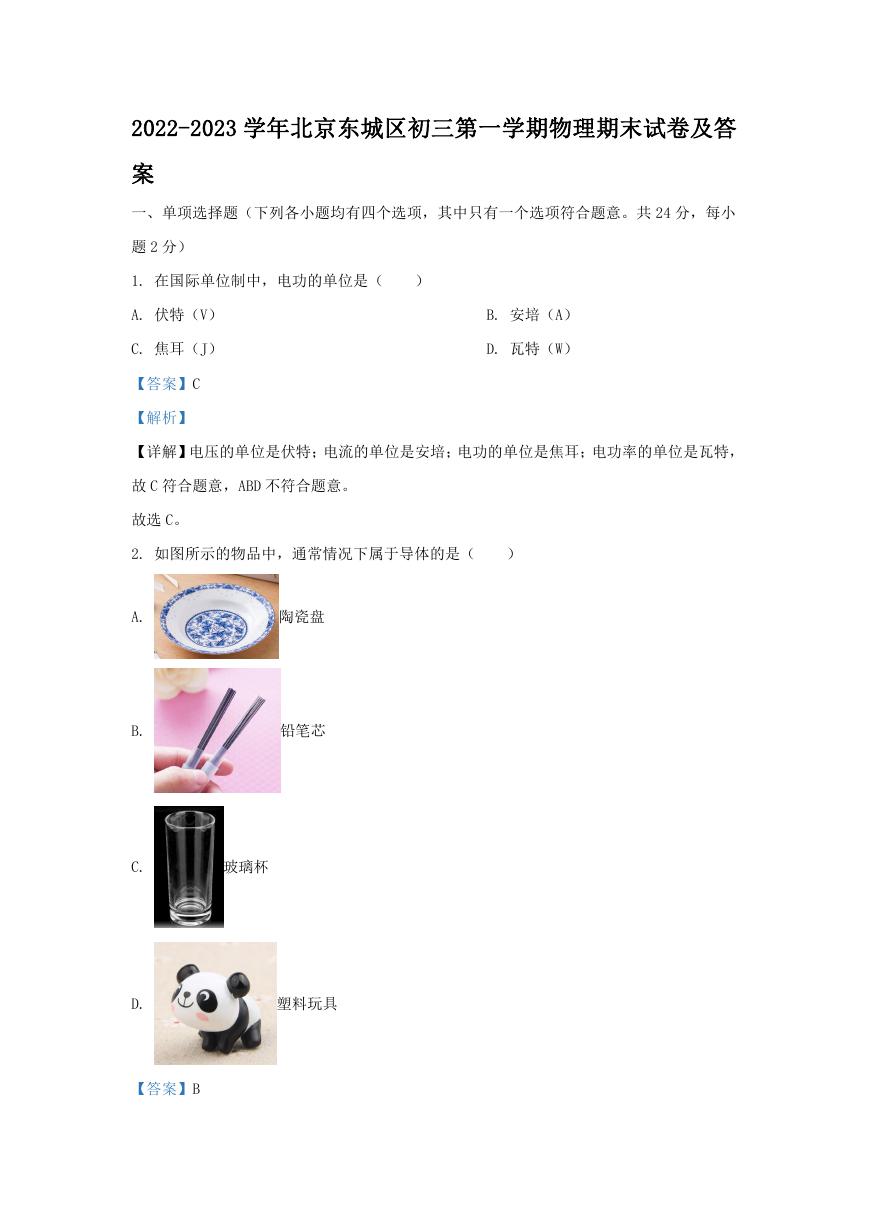 2022-2023学年北京东城区初三第一学期物理期末试卷及答案.doc
2022-2023学年北京东城区初三第一学期物理期末试卷及答案.doc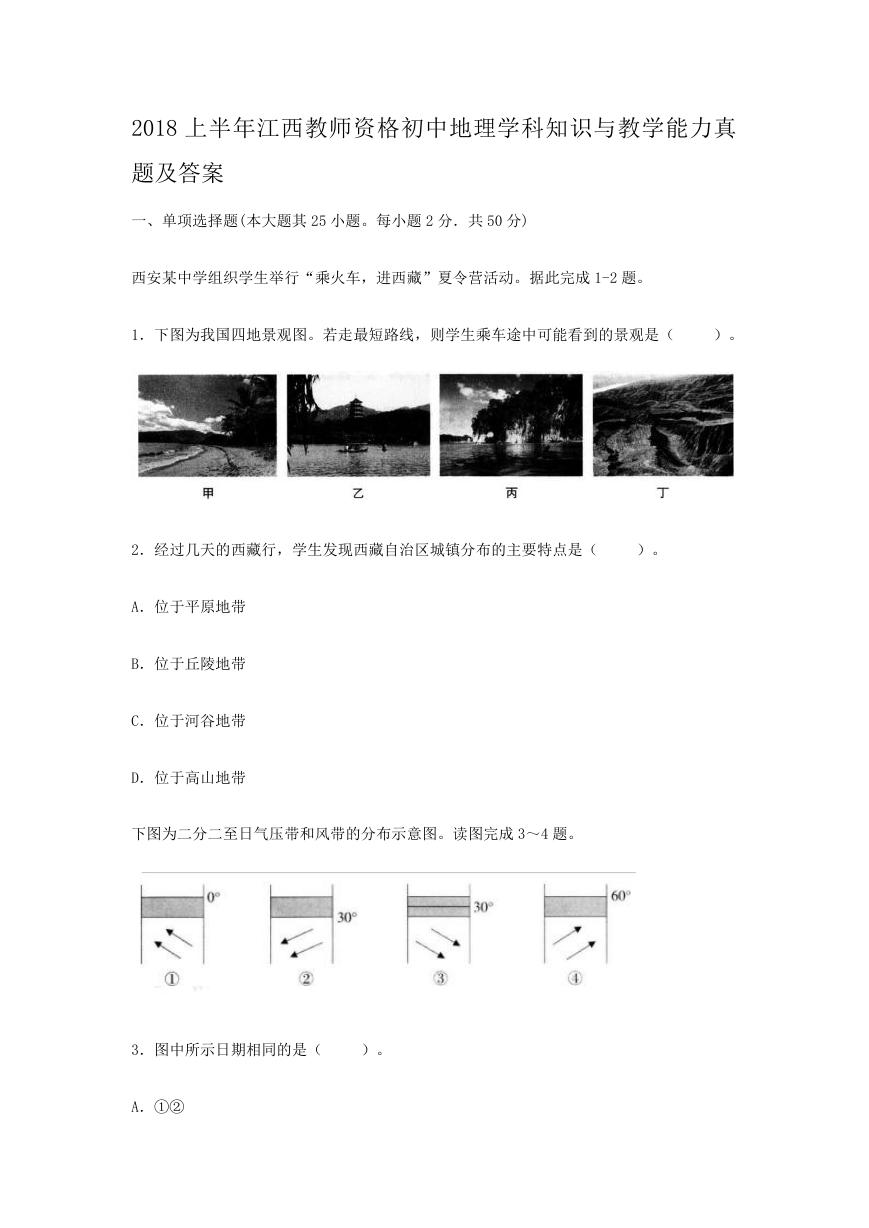 2018上半年江西教师资格初中地理学科知识与教学能力真题及答案.doc
2018上半年江西教师资格初中地理学科知识与教学能力真题及答案.doc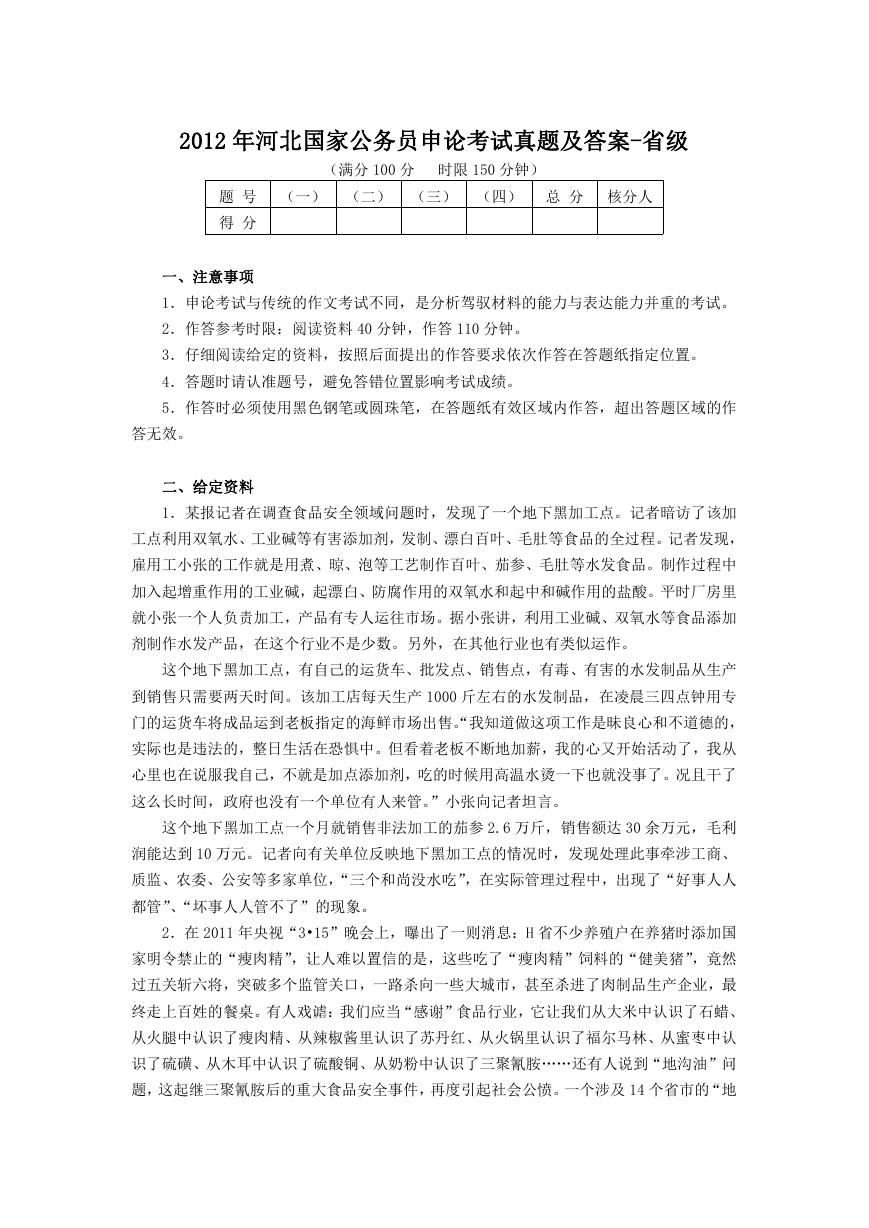 2012年河北国家公务员申论考试真题及答案-省级.doc
2012年河北国家公务员申论考试真题及答案-省级.doc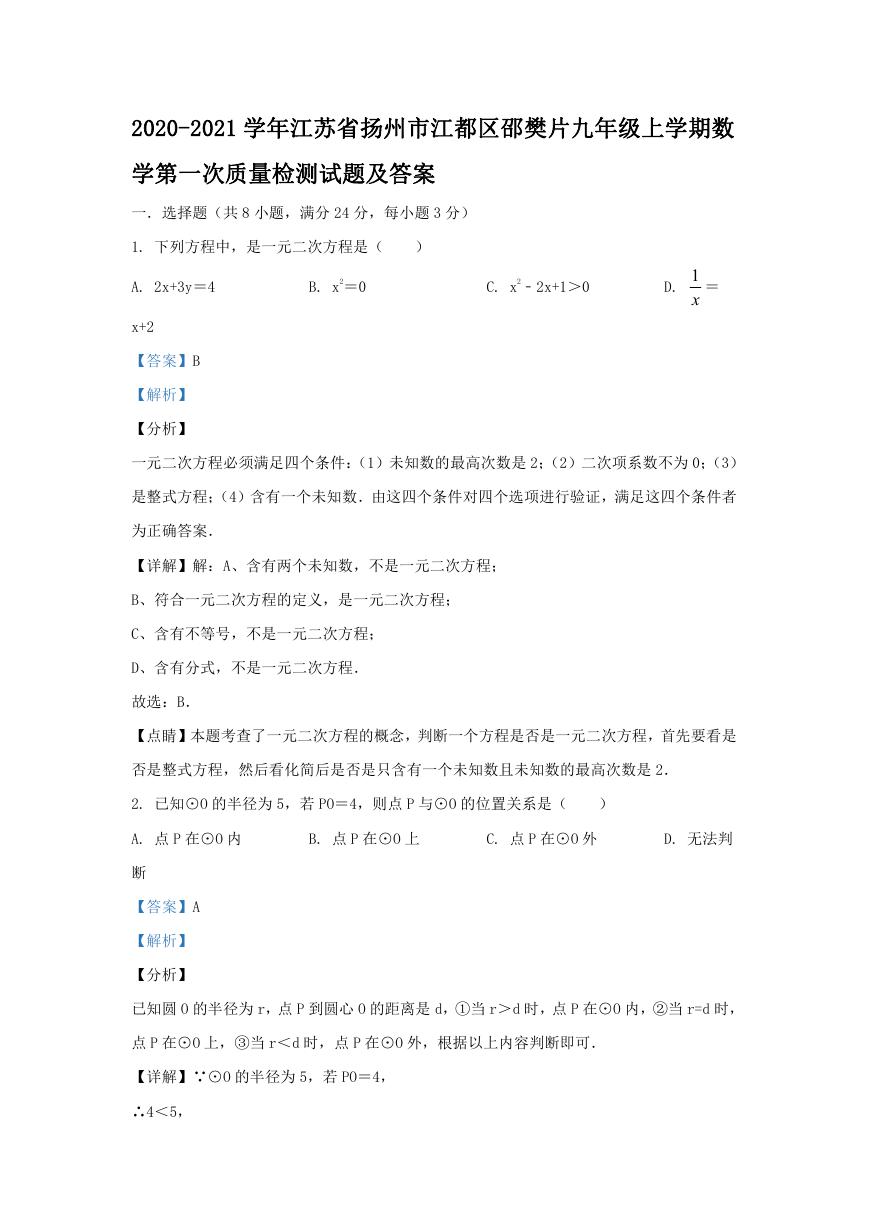 2020-2021学年江苏省扬州市江都区邵樊片九年级上学期数学第一次质量检测试题及答案.doc
2020-2021学年江苏省扬州市江都区邵樊片九年级上学期数学第一次质量检测试题及答案.doc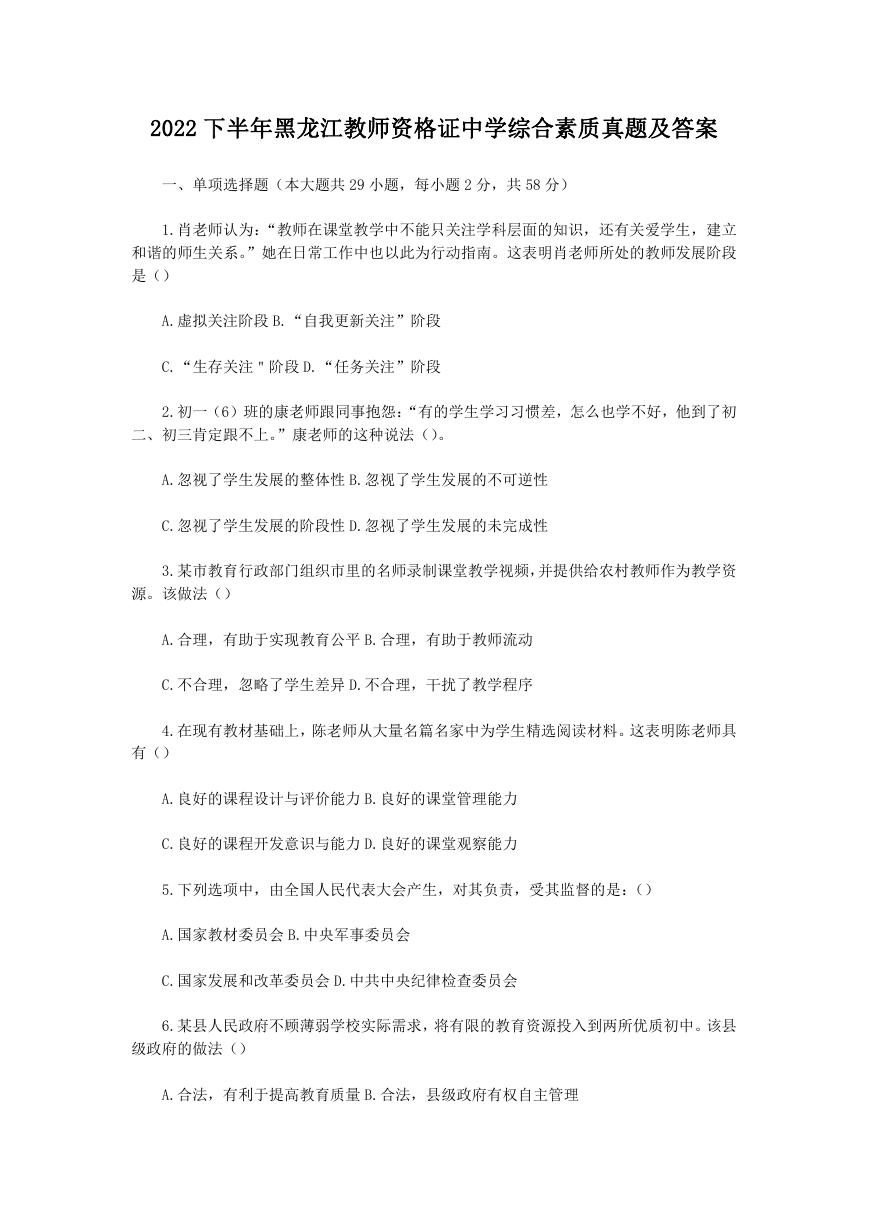 2022下半年黑龙江教师资格证中学综合素质真题及答案.doc
2022下半年黑龙江教师资格证中学综合素质真题及答案.doc